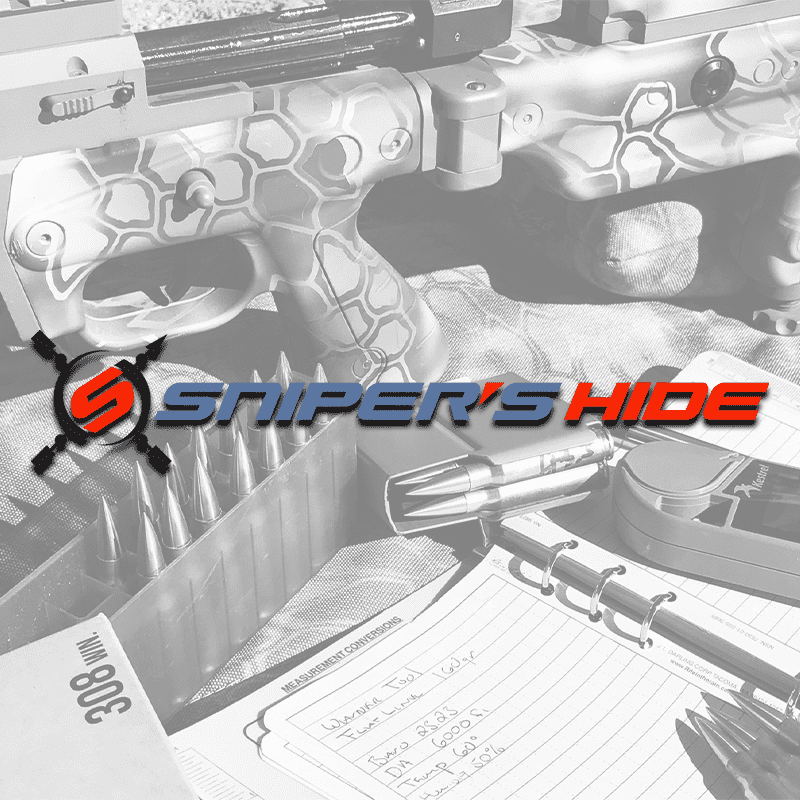I have a 26" proof cf barrel. I have been thinking about this a while myself. I can't complain about mine but I won't do another one. In hindsight, Instead of spending more money for a lighter cf barrel, I would put that money towards a very light action, a very light stock and go with a traditional stainless steel barrel. My opinion is that if extra money is going to be spent to lighten a rifle, the barrel should be the last part on the list to spend more to go lighter.
The rifle balance is gonna be awfully front-end weighted. Miserable for a carry rifle.
Lighter CFW barrels that are stiffer than steel barrels sounds darn good to me, for my backpack hunting.
I own one Proof CFW barrel in 30 SM and have hunted with it for two years now. It's acceptably accurate and a pleasure to carry. Very nicely balanced. I also reduced weight with the McMillan Edge stock, a 16oz scope, and 7075 aluminum scope rings, and a titanium muzzle brake.
I now own two more CFW barrels, both Bartleins.
One in 30 SM, and one in 338 Lapua Rogue. Haven't fired either of them yet, so I can only comment that the exterior finish on the Proof carbon is nicer than the exterior finish on the Bartlein carbon, but that the bore finish on the Bartleins looks nicer than the Proof. Also, the Bartlein CFW barrels are a bit heavier than the Proof, but I knew that prior to purchase.
I'm an engineer with a good background in, and understanding of, heat transfer. I would never purchase a CFW barrel for the purpose of improved cooling. Some members trained and practicing in the field of heat transfer have posted competently and credibly on this subject, as have I in the past. I both understand, and agree, with their assessment and the science supporting their assessment. If you want to believe otherwise, it's your God given right to be wrong. Having stated that, I don't rapid fire any of my LR hunting rifles, whether they have SS, CM, or CFW barrels, so it's not a big concern for me. If you've got the need to shoot prolonged rapid fire mode, I'd advIse against a CFW barrel, unless you believe higher bore temps are a good thing. I'll never put a CFW barrel on my AR15, a rifle that I do sometimes shoot in rapid fire mode for fun and games.
CFW barrels will not provide cooler bore temps, as some manufacturers claim. I believe this promotional tactic gained credibility because CFW barrel shooters commonly state the exterior of their carbon barrels feel cooler to their touch. They feel cooler because the CFW is an insulator compared to steel, and the CFW reduces the rate of heat transfer from the bore to the surface. Which is to say, the heat remains in the steel liner core for a longer period of time.

